By Film Noir Blonde and Mike Wilmington
 The Film Noir File is FNB’s guide to classic film noir, neo-noir and pre-noir on Turner Classic Movies (TCM). The times are Eastern Standard and (Pacific Standard). All films without a new review have been covered previously in Film Noir Blonde and can be searched in the FNB archives (at right).
The Film Noir File is FNB’s guide to classic film noir, neo-noir and pre-noir on Turner Classic Movies (TCM). The times are Eastern Standard and (Pacific Standard). All films without a new review have been covered previously in Film Noir Blonde and can be searched in the FNB archives (at right).
Pick of the Week: Joan Crawford Marathon & Laemmle’s NoHo 7 Party, Monday, March 23

 Next Monday is Joan Crawford’s birthday; she was born March 23, 1905. And, if you’re an Angeleno, you can celebrate all day – first by catching one or more of the seven Crawford movies, including three noirs, running on Turner Classic Movies on Pacific time from 3:30 a.m. to 5 p.m. (And on Eastern time, from 6:30 a.m. to 8 p.m.).
Next Monday is Joan Crawford’s birthday; she was born March 23, 1905. And, if you’re an Angeleno, you can celebrate all day – first by catching one or more of the seven Crawford movies, including three noirs, running on Turner Classic Movies on Pacific time from 3:30 a.m. to 5 p.m. (And on Eastern time, from 6:30 a.m. to 8 p.m.).
Then, head to Laemmle’s NoHo 7 in North Hollywood (5240 Lankershim Blvd.), and watch two of Crawford’s very best noirs on the big screen starting at 7:30 p.m.: 1947’s too often neglected “Possessed” and 1962’s Robert Aldrich-directed masterpiece, “What Ever Happened to Baby Jane?” co-starring the one and only Bette Davis and
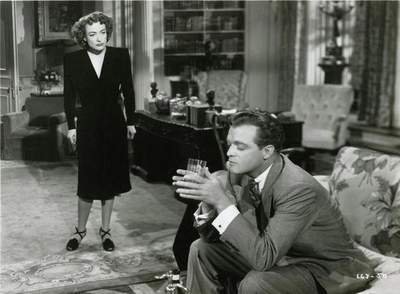
“He’s just not that into you …” does NOT go over well with Miss Crawford. The very talented Van Heflin plays the heel in “Possessed.”
The event will be co-hosted live (with cake, a trivia contest and prizes) by Film Noir Blonde. Shakar Bakery is providing the cake.
Tickets are $11 for one film or $15 or both. Prizes are courtesy of Warner Archive.
Happy Birthday, Joan!
Film noir titles
8:15 a.m. (5:15 a.m.): “What Ever Happened to Baby Jane?” (Robert Aldrich, 1962)
2 p.m. (11 a.m.): “Flamingo Road” (Michael Curtiz, 1949).
6 p.m. (3 pm.): “Mildred Pierce” (Michael Curtiz, 1945).
Other JC titles: “The Caretakers” (Hall Bartlett, 1963); “Torch Song” (Charles Walters, 1953); “Goodbye, My Fancy” (Vincent Sherman, 1951), “Humoresque” (Jean Negulesco, 1946).
Saturday, March 21
8:45 a.m. (5:45 a.m.): “White Zombie” (Victor Halperin, 1932).
Sunday, March 22
8 a.m. (5 a.m.): “Gilda” (Charles Vidor, 1946).
2:30 a.m. (11:30 p.m.): “Torment” (Alf Sjoberg, 1944). This psychological thriller about a sadistic teacher (Stig Jarrel) tormenting two young lovers (Mai Zetterling, Alf Kjellin), filmed in pseudo-German expressionist-style, was the first big hit by its young screenwriter: enthusiastic film-noir fan Ingmar Bergman. (In Swedish, with subtitles.)
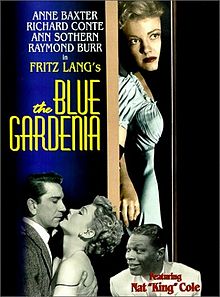 4:15 a.m. (1:15 a.m.): “Miss Julie” (Alf Sjoberg, 1951). The famous prize-winning film version of playwright August Strindberg’s dark, terror-filled theatrical classic about a sadomasochistic romance between a susceptible aristocrat (Anita Bork) and a brutal groom (Ulf Palme). (In Swedish, with subtitles.)
4:15 a.m. (1:15 a.m.): “Miss Julie” (Alf Sjoberg, 1951). The famous prize-winning film version of playwright August Strindberg’s dark, terror-filled theatrical classic about a sadomasochistic romance between a susceptible aristocrat (Anita Bork) and a brutal groom (Ulf Palme). (In Swedish, with subtitles.)
Tuesday, March 24
2:15 a.m. (11:15 p.m.): “Wait Until Dark” (Terence Young, 1967).
Wednesday, March 25
10 p.m. (7 p.m.): “The Blue Gardenia” (Fritz Lang, 1953).

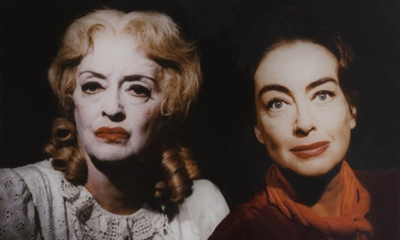







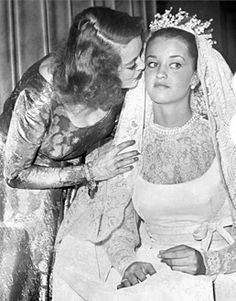
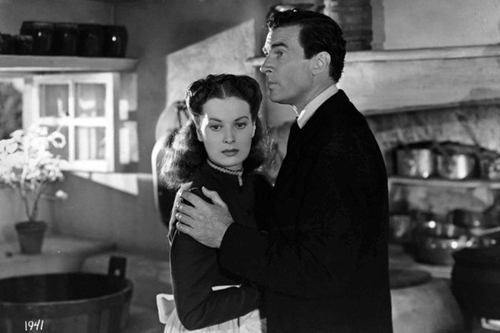
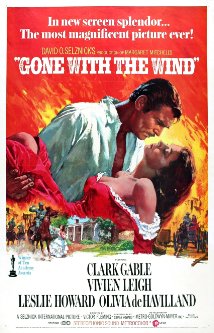
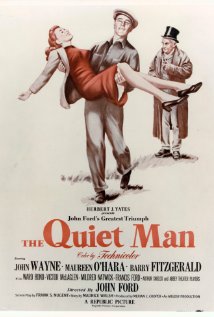
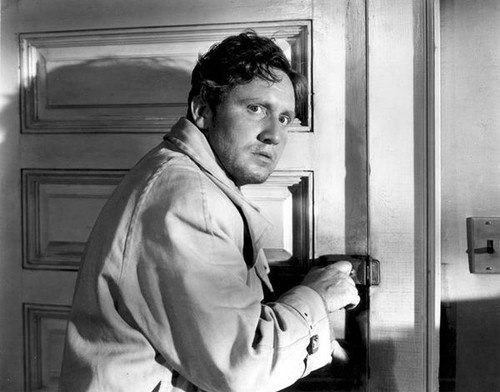
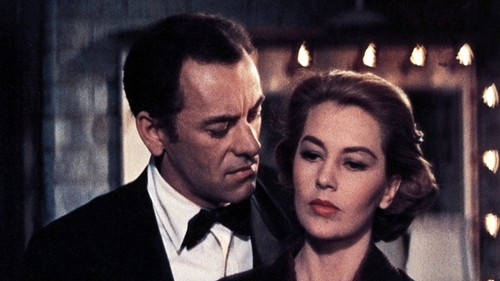
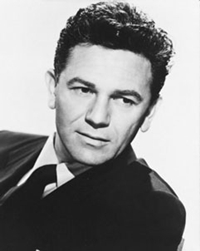
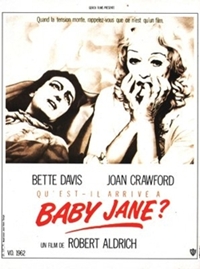
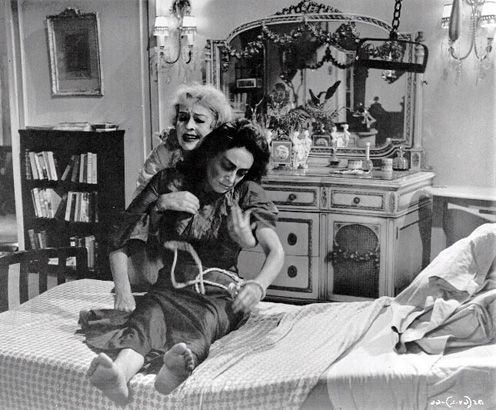
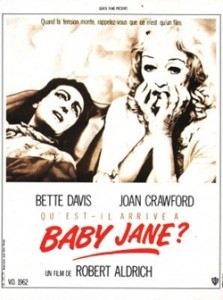
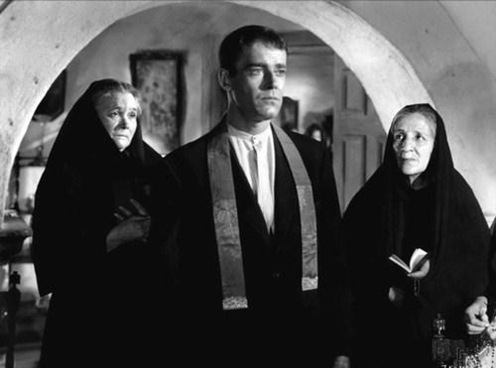





From FNB readers